The theory of mind is a model for explaining the concept of mind because the mind is not directly observable. A human can only subjectively prove the existence of his or her own mind – not that anyone else has a mind. However, assumptions are made that other people have minds because of the reciprocal nature of social interactions, the use of language, conveying emotions and body language, and by reviewing the nature of autobiographical sources that imply the authors also have minds. According to The Internet Encyclopedia of Philosophy, the Theory of Mind is a:
…branch of cognitive science that investigates how we ascribe mental states to other persons and how we use the states to explain and predict the actions of those other persons. More accurately, it is the branch that investigates mindreading or mentalizing or mentalistic abilities. These skills are shared by almost all human beings beyond early childhood. They are used to treat other agents as the bearers of unobservable psychological states and processes, and to anticipate and explain the agents’ behavior in terms of such states and processes. These mentalistic abilities are also called “folk psychology” by philosophers, and “naïve psychology” and “intuitive psychology” by cognitive scientists.
The following excerpt is from Transforming Your Self: Becoming Who You Want to Be by NLP developer, Steve Andreas. As you read this, you’ll probably notice that its nearly impossible to not experience what Andreas is communicating so go ahead and just pay close attention to your internal experience (source):
Most of us usually think of our minds being located in the brain, right? And then there is the rest of the body that is separate from the mind, so the mind is smaller than the body. Now try dissolving that boundary, however you represent it, and think of your mind flowing out and extending throughout your whole body, into every cell, right out to your fingertips and your toes, and everything in between, so that your mind becomes exactly as large as your body. As you do this, notice how that feels, and whether there might be some soft sound that accompanies this…
That’s a really nice feeling, isn’t it? Mind and body are just different aspects of your whole functioning organism, and I’m sure you have all heard those words before. But what makes it really impact your experience is to see, feel, and hear your mind extending throughout your whole body. That’s a way to actually put your mind/body thinking back together, and reunite them.
Most of us also think of the heart as occupying only a small part of the body, but you can also extend your heart out to your fingertips in the same way, to experience your heart/mind/body. If you reach out and touch someone, you can feel yourself touching them with your heart and mind as well as your body. Take a few minutes to experience what that is like, and include at least one example of a difficult or stressful situation in your experimenting…
While most of use usually think of the mind as being smaller than the body, your mind is actually much larger. Your mind can include stars that are 13 billion light years distant, and it can be interesting to try extending your heart/mind/body identification far beyond your skin. We all do this to some extent, depending on what other people or things we include inside the boundaries of our identity. But what if your heart/mind/body included everything that you experience, so that all of that is felt as being inside you and part of you? Imagine that your heart/mind/body is so large that the most distant stars are within your fingertips! Take a couple of minutes to experience what that is like…
This is the kind of experience that many mystics report, and I think it has a real basis, because everything you experience does take place in your heart/mind/body, even when you think of it as occurring outside of you. Let’s follow Einstein, and try a little mind experiment. Imagine that an evil neurologist from the “dark side of the force” crept into your room last night while you were sleeping, anesthetized you, removed your brain, and put it into a nutrient solution and hooked up very sophisticated electrodes to all your sensory nerves, and then fed in all the detailed electrical inputs that exactly duplicated the experience of waking up and doing all the things you did today. How would you know the difference?
I assume that many of you have seen the movie “The Matrix,” which is based on this realization that all of our experiences actually take place within our brains, even when we think of them as external. There are even mathematicians who claim to have proved that any brain with sufficient complexity is unable to distinguish whether there’s and “outside” or not. Our brains only get electrical signals from our senses, which we interpret to create our experience of external “reality.”
This process usually works quite well, and presumably there is an external reality outside of ourselves. We see a glass of milk on the table and when we reach out to grasp it, we feel it, and if we lift it to our lips and drink, we are not surprised to find that it tastes like milk and nourishes us.
So although we all have experiences that we describe as “other,” or “outside of us,” or “external reality,” all of that actually happens inside our brains, and is a part of us, despite the separation that we usually assume.
So in one sense, we are each isolated universes unto ourselves. But in another, we are all one. And this is not and either/or choice, but a “both/and.” As many mystics have said, you are already one with the world; its just a matter of realizing it. You all exist inside my brain and I exist in yours. You are all part of me, and I am a part of you. We are all connected together. As a friend of mine said once, “The human being has many bodies.” That’s a very different way of thinking , one that provides a very different and more unified perspective, and one that you might consider exploring, to find out where and when it could serve you. I have no idea whether its “true” or not, but if taking that perspective could be a useful choice for you, why not try it to find out?
The mind is a conceptual and subjective experience that transcends time and space. Often realizing that a challenge or an issue manifests first in your mind gives you permission to change your mind about the reality and the structure of the experience. You have freedom to assign meaning to your perceptions and do so in a way that empowers you…
Your mind-body connection is a feedback loop that either pushes and pulls you toward success or toward failure. While the mind is not directly perceivable per the theory of mind, using self-hypnosis techniques and meditation is one of the best ways for you to interact with your unconscious mind and enhance your personal development.
Showing all 120 results



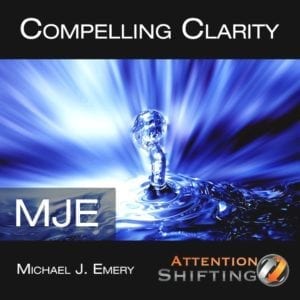

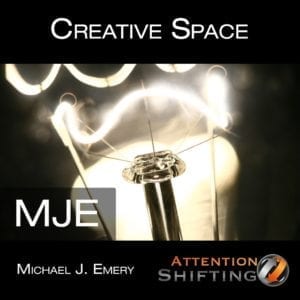

























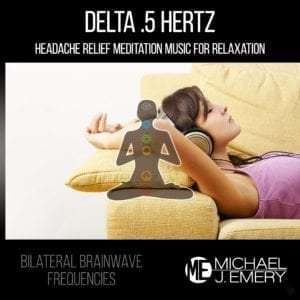





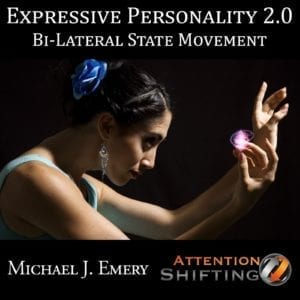

















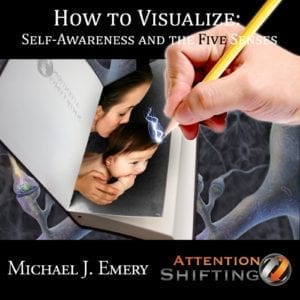
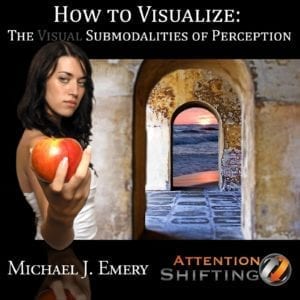














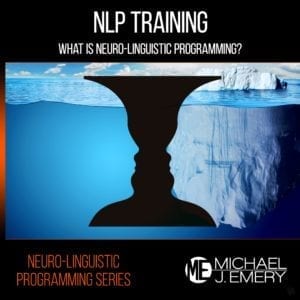
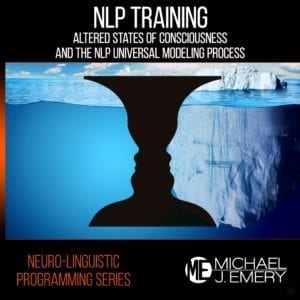
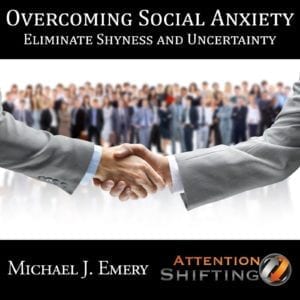














































Explore audio program categories utilizing the best techniques in neuro-linguistic programming, Ericksonian hypnosis, brainwave frequencies, and guided visualization.